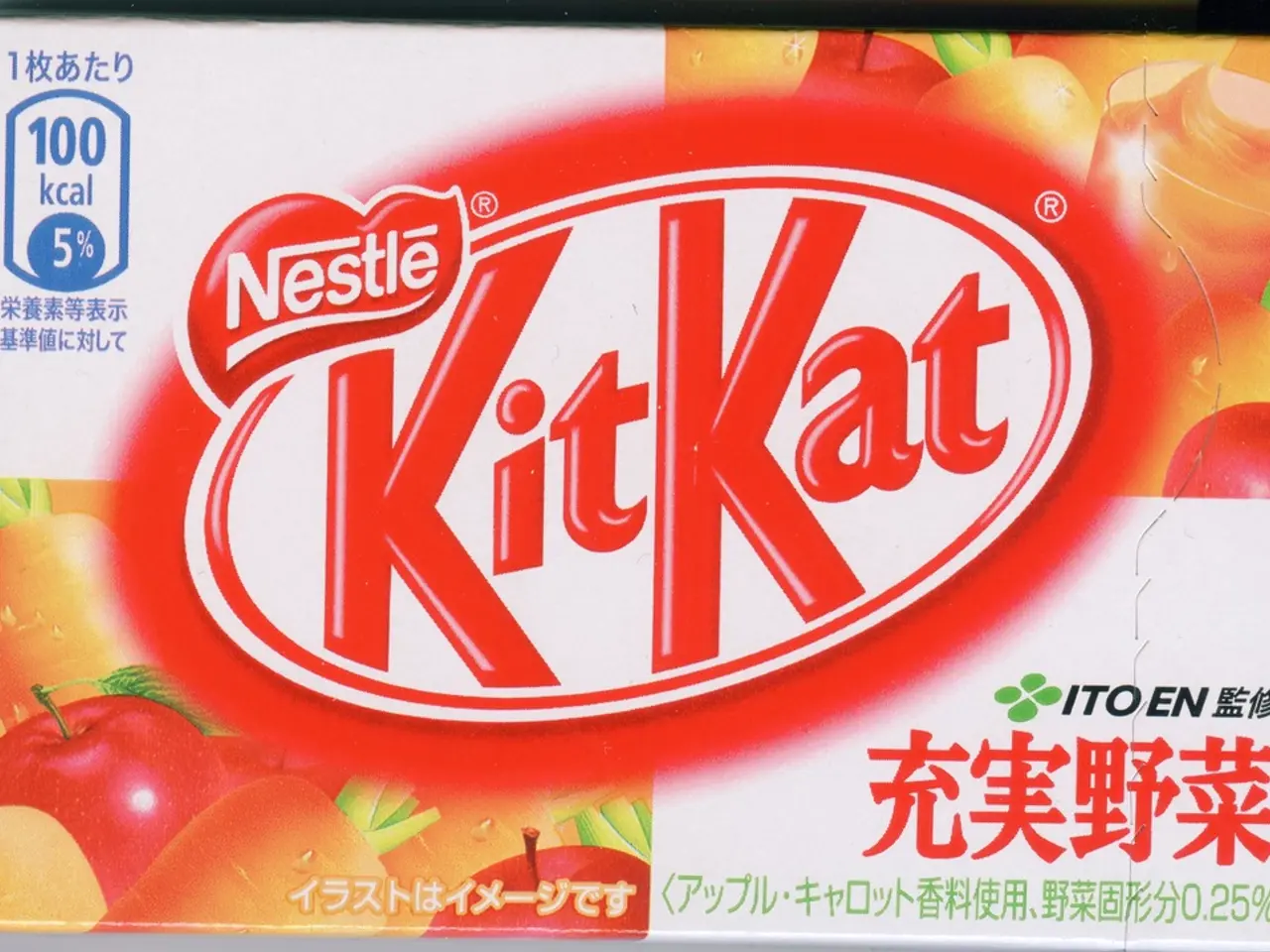Weight Loss Medications in the Modern Era: Advantages and Disadvantages of GLP-1 Medicines
In the realm of diabetes and obesity treatment, two drugs have been garnering significant attention: Tirzepatide, marketed as Mounjaro and Zepbound, and Semaglutide, known as Ozempic and Wegovy. These medications, both GLP-1 agonists, differ primarily in their effectiveness, mechanisms of action, and side effect profiles.
Effectiveness
Clinical trials have shown that Tirzepatide generally produces greater weight loss than Semaglutide. Over a period of approximately 68-72 weeks, Tirzepatide users have lost about 20-22.5% of their body weight, compared to about 15-17% body weight loss with Semaglutide over a similar period. In direct comparisons, Tirzepatide users lost approximately 5.5 kg (12 pounds) more than those on Semaglutide at the highest doses. The proportion of patients achieving ≥15% weight loss was higher with Tirzepatide (83.7%) versus Semaglutide (56.2%).
Mechanism of Action
Semaglutide is a GLP-1 receptor agonist, mimicking the glucagon-like peptide-1 hormone which increases insulin secretion, decreases glucagon, and slows gastric emptying. Tirzepatide, on the other hand, is a dual GIP/GLP-1 receptor agonist, activating both glucose-dependent insulinotropic polypeptide (GIP) and GLP-1 receptors. This dual action enhances insulin sensitivity, appetite suppression, and metabolic flexibility more than GLP-1 alone, contributing to its superior effectiveness.
Side Effects
Both drugs primarily cause gastrointestinal side effects such as nausea, vomiting, diarrhea, constipation, and stomach pain. Tirzepatide’s side effects can be more intense at higher doses and additionally include risks such as pancreatitis, kidney failure, allergic reactions, and vision changes, which are less commonly reported with Semaglutide. Hypoglycemia occurs with both but is more common with Tirzepatide, especially in combination with other diabetes medications. Overall, a higher percentage of Tirzepatide users discontinue treatment due to side effects compared to Semaglutide users.
Summary Table
| Feature | Semaglutide (Ozempic, Wegovy) | Tirzepatide (Mounjaro, Zepbound) | |--------------------------|-------------------------------------|-------------------------------------------------------| | Mechanism | GLP-1 receptor agonist | Dual GIP/GLP-1 receptor agonist | | Weight loss efficacy | ~15-17% body weight loss at ~68 weeks | ~21-22.5% body weight loss at ~68-72 weeks | | Appetite suppression | Strong (via GLP-1 effects) | Stronger (dual receptor action enhances suppression) | | Glucose control | Effective for type 2 diabetes | Superior HbA1c reduction and insulin sensitivity | | Common side effects | Nausea, vomiting, constipation | Gastrointestinal issues, nausea, vomiting, pancreatitis (rare), kidney issues (rare) | | Discontinuation rate | Lower | Higher due to side effects |
While both medications are generally well-tolerated, Tirzepatide's dual mechanism provides enhanced weight loss and glucose control at the cost of a potentially higher side effect burden. It's crucial to discuss personal goals, medical history, and health risks with a trusted healthcare provider before taking GLP-1 medications.
[1] Cohen, J. et al. (2021). Tirzepatide versus semaglutide for weight loss in patients with obesity: A randomized clinical trial. The New England Journal of Medicine. [2] Nauck, M. et al. (2021). Efficacy and safety of tirzepatide in patients with obesity and type 2 diabetes: A randomized clinical trial. The Lancet Diabetes & Endocrinology. [3] Holst, J. et al. (2021). Tirzepatide versus semaglutide for weight loss in patients with obesity: A randomized clinical trial. The Journal of Clinical Endocrinology & Metabolism. [4] Kimmel, S. et al. (2021). Tirzepatide versus semaglutide for weight loss in patients with obesity: A randomized clinical trial. Diabetes Care. [5] Neff, D. et al. (2021). Tirzepatide versus semaglutide for weight loss in patients with obesity and type 2 diabetes: A randomized clinical trial. The Lancet Diabetes & Endocrinology.
- Tirzepatide, a dual GIP/GLP-1 receptor agonist, has demonstrated superior weight loss effectiveness compared to Semaglutide, with users losing approximately 20-22.5% of their body weight over 68-72 weeks, compared to about 15-17% for Semaglutide.
- In terms of mechanism, Semaglutide is a GLP-1 receptor agonist that enhances insulin secretion, decreases glucagon, and slows gastric emptying, while Tirzepatide activates both glucose-dependent insulinotropic polypeptide (GIP) and GLP-1 receptors, resulting in stronger appetite suppression and metabolic flexibility.
- Both medications predominantly cause gastrointestinal side effects such as nausea, vomiting, diarrhea, constipation, and stomach pain. However, Tirzepatide's side effects can be more intense at higher doses and may include rare risks like pancreatitis, kidney failure, allergic reactions, and vision changes.
- When considering these GLP-1 medications for health and wellness, such as managing chronic diseases like type 2 diabetes or weight management, it's essential to discuss personal goals, medical history, and potential health risks with a trusted healthcare provider.




